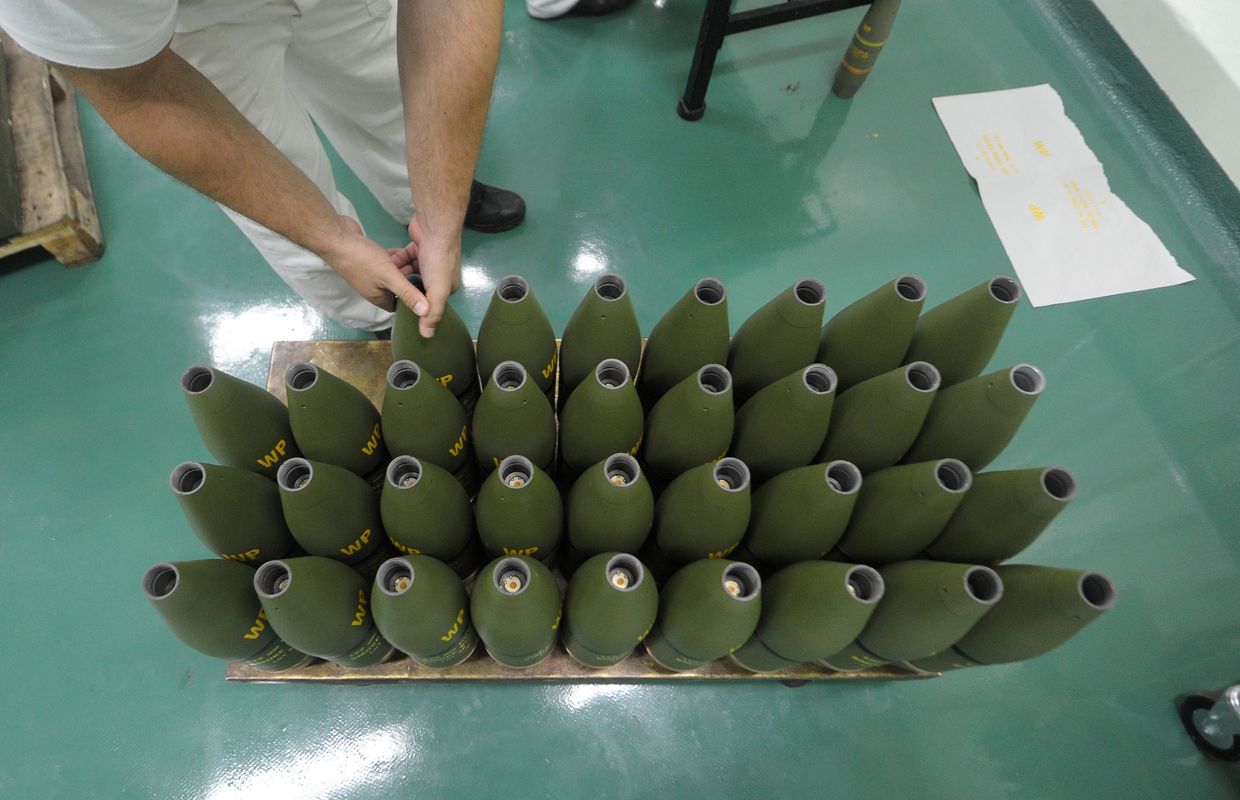Ryan Vanzo, The Motley Fool
Sat, Jun 7, 2025, 5:15 AM 5 min read
In This Article:
-
Rivian is unveiling three new models: The R2, R3, and R3X.
-
These vehicles will change the game in a major way.
-
But software will drive the company's future.
Rivian Automotive (NASDAQ: RIVN) has a very exciting future ahead of it. While sales growth should be lackluster in 2025, next year everything will change. Starting in early 2026, the company expects to begin shipments of three new mass-market vehicles. Looking even further ahead, the company's aggressive investments in software and autonomous driving could give it a huge advantage against other electric vehicle (EV) stocks, even well-financed peers like Tesla.
Where will Rivian be by 2035? Get ready for an exciting forecast.
By far the most exciting thing that will happen to Rivian in the near future will be the launch of three new models: The R2, R3, and R3X. These mass market models will make Rivian's products affordable to tens of millions of new buyers. All three are expected to debut for under $50,000, targeting the mid-sized SUV market that represents one of the largest and fastest-growing segments of the vehicle market.
I expect the R2 to launch first, with management guiding for first deliveries sometime in early 2026. But as with most vehicle launch timelines, don't be surprised to see meaningful deliveries ramp until late 2026, or even 2027, when the R3 and R3X should see production begin to ramp.
Regardless of whether these vehicles scale deliveries in 2026 or 2027, however, this catalyst will change the game for Rivian. Tesla didn't launch its affordable Model Y and Model 3 vehicles until 2019 and 2020 respectively. It took years to fully scale production and bring it to other geographies. But today, those two vehicles account for more than 90% of Tesla's automobile sales. The importance of the Model Y and Model 3 launches for Tesla cannot be understated. The same may prove true for Rivian's trios of new mass market launches.
But beyond these catalysts, the most exciting thing that will drive Rivian's value won't be model introductions, but software development.
It's expensive to scale up an electric vehicle business from scratch. It takes billions of dollars, long stretches of time, and the right partners. That's why last year's capital infusion from Volkswagen -- an investment that could ultimately scale up to $5 billion -- was so critical for Rivian. It gave it the capital necessary to get its mass market models to market. But the reason the deal was forged wasn't about vehicles at all. It was about software.
.png)
 German (DE)
German (DE)  English (US)
English (US)  Spanish (ES)
Spanish (ES)  French (FR)
French (FR)  Hindi (IN)
Hindi (IN)  Italian (IT)
Italian (IT)  Russian (RU)
Russian (RU) 



Comments